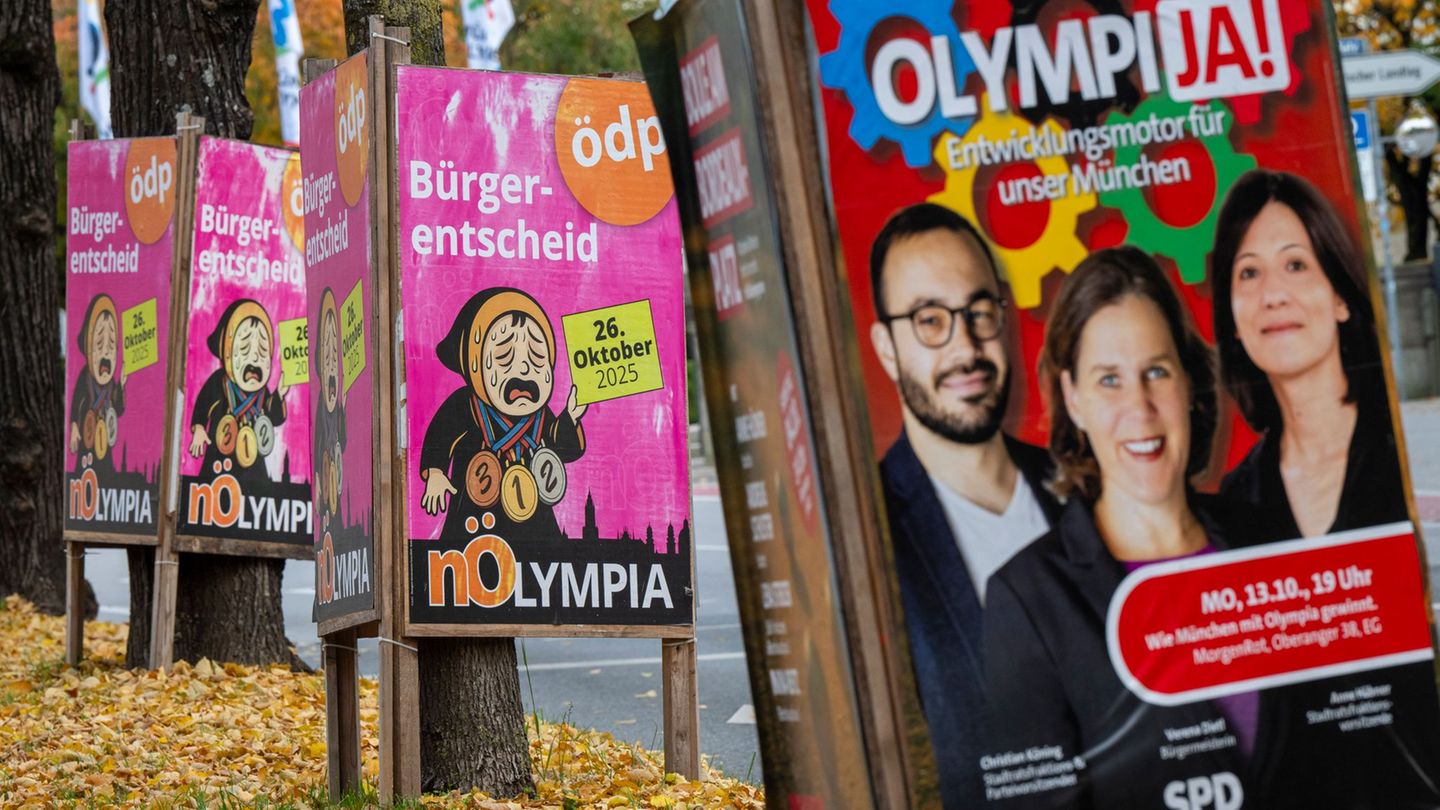By Romina Martínez Battista (Head of Brand Development HAVAS GROUP LATAM) and Diego Plazas (Chief Strategy Officer HAVAS GROUP LATAM)
The debate around the use of artificial intelligence will continue to give cloth to cut – and I would like to add a new section to the question in this space, which is the one that interests us at a professional level. When we talk about creativity, what can “machines” give us? The answer is clear: not only can they give us a lot; your input is vital.
Let me make a comment if you want it internal, but it serves as a preamble to the topic. At Havas we work in a format that we call Village. In this model EVERYTHING responds to the business strategy. Creativity and media respond to a only strategy because, after all, what moves us are the numbers. Therefore, we encourage both media and creativity to stop responding to their own KPIs to respond, both, to business KPIs. The challenge is how to measure the hitherto intangible impact of creativity on the business.
And here we return to the question that summons us: the contribution of the “machines” to this unique strategy. With this objective in mind, at Havas we have developed three technological tools that enhance the work of creative teams and optimize their results in terms of business.
CREATIVE ATTRIBUTION
This is simply the dream where the creative team and the finance team converge. It is a software that determines precisely how much a campaign contributes to sales: if 15%, if 12% or whatever.
Because until now we knew the impact of investing in advertising in the media, but now we also know what message promoted from creativity has an impact on sales, and how much it does.
We’re talking about creative traceability: making each creative effort traceable, and knowing how creativity contributes to the total marketing mix.
CONTENT ENGINE
It is a 100% creative tool, in which we combine social listening with the DCO. A software that feeds on the conversation that is on the street, alerts us which conversations can have great potential with your brand, and turns them into creative pieces without any human intervention. NONE.
It is designed to make organic content on networks; It is not for guidelines or for large campaigns, but to locate a brand as close as possible to popular culture without wasting time or burning the team in creating ephemeral or temporary pieces. In this way, we replaced the time it took for the brief to arrive, for the team to make a grid, for that grid to be validated, produced and published… by one click. Perfect immediacy for networks: real time marketing to create 1, 4 or 50 pieces automatically.
CREATIVE PERFORMANCE
Finally, we developed Creative Performance: a tool that is also powered by machine learning and artificial intelligence, with a very interesting twist. In this case, the software measures the actual results of the performance pieces; that is, it identifies what was the creative trigger for an ad to work better -if it had better branding, if it was related to the presence of humans or objects in the graphic, if Call-to-action A was better versus B, etc- and suggests how to tweak it to make it work even better. It is creative performance, pure and simple, with a very clear objective: to reduce the creative fatigue of the teams and optimize their work.
As you know, there is a very widespread problem in the creative community today and in creative agencies in general, which has to do with fatigue when human creative teams are dedicated to working on performance pieces: that creativity is tremendously exhausting, because there are too many pieces. What we bet on, then, is a well-balanced formula, with teams dedicated to producing innovative creativity, and machines in charge of performance. That is, we put the creative resource where it is really needed.
To recap, what we are doing with these tools is measuring what until now was intangible. Brands must decide where to put their investments, and the agencies had a duty to show them black on white the impact of the brand’s work on the business.
For this reason, these three solutions that we have on the table are so valuable: without that measurement that “justifies” creativity, brands will end up emptying themselves of content to talk only about prices and discounts.
It is, in effect, a justification that is highly resisted by those of us who work with brands. We do not like to explain why it is necessary to invest in branding. But, finally, we adapt to the financial gaze that falls on communication budgets; And in the end, the finance teams were right: we could quantify the impact of creativity. And to do so, we find solutions that accompany the macro and microeconomic situation of both brands and countries in Latin America.
This measurement also allows the creative process of intuition to evolve into a creative process based on data. A data that complements, inspires and directs the creative flight to generate more value.
As creative agencies we have the responsibility of feeding the strategy with data. Then the creative team does their job. We just have to choose where to focus it: where do I need 100% creativity and where do I need 20%. Data and technology help us decide.
Source: Ambito
David William is a talented author who has made a name for himself in the world of writing. He is a professional author who writes on a wide range of topics, from general interest to opinion news. David is currently working as a writer at 24 hours worlds where he brings his unique perspective and in-depth research to his articles, making them both informative and engaging.




